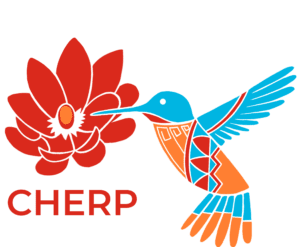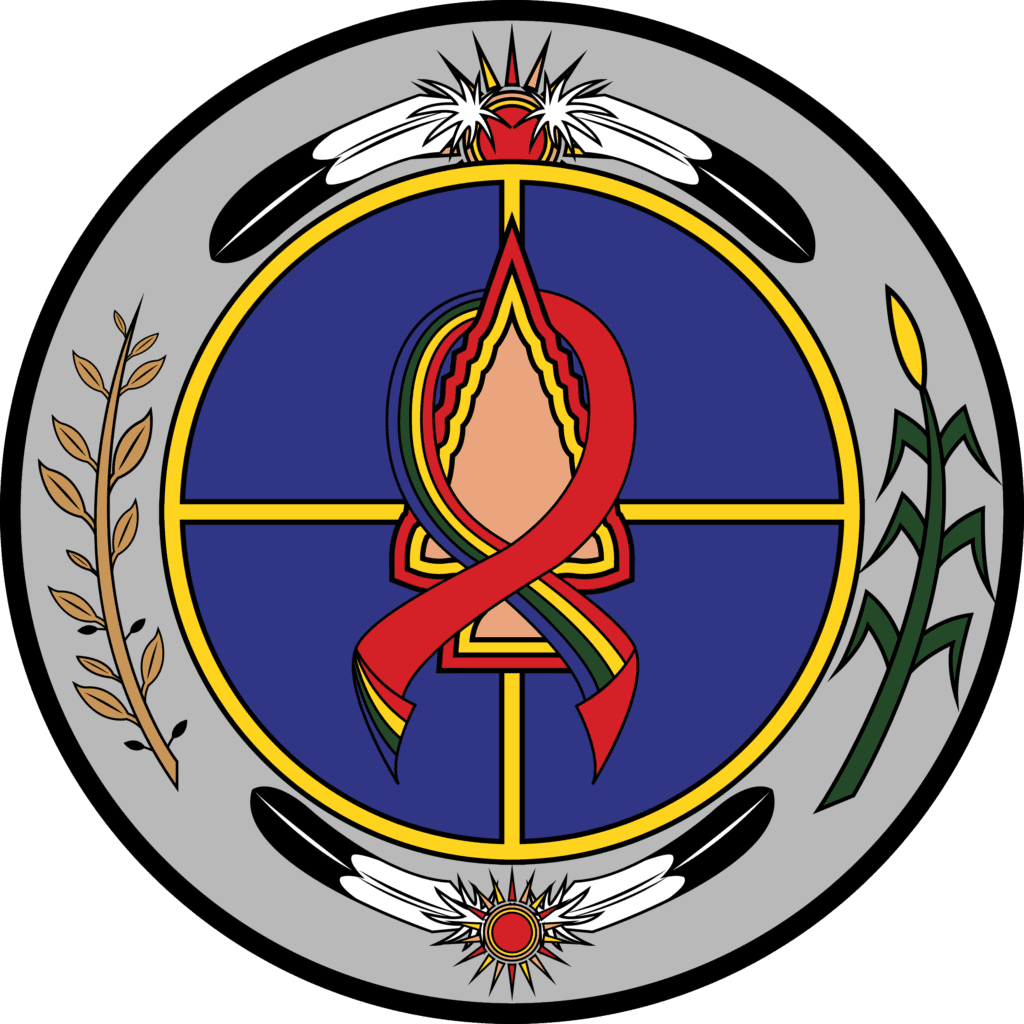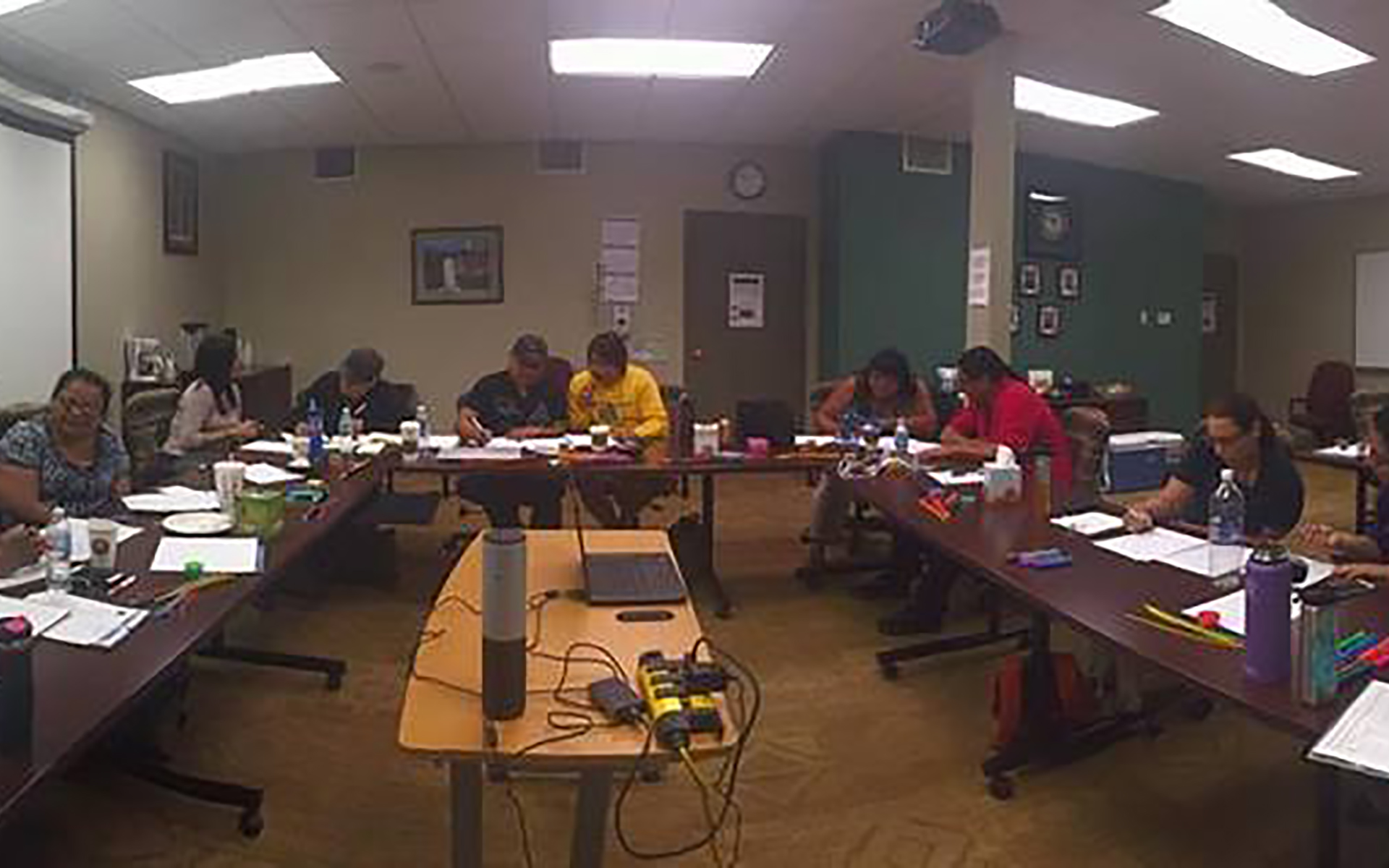About
The Circle of Harmony HIV/AIDS Wellness Conference is a unique event. It is the only conference of its kind devoted to addressing HIV/AIDS prevention and substance abuse prevention from a distinctly Native American perspective.
The use of storytelling, the Talking Circle, and the presentations or prevention/treatment/service tools, techniques, and/or approaches that are specific to tribal communities are not found in any other conference of this type. The Circle of Harmony features a Talking Circle that provides a safe and nurturing space for everyone to share their experiences, thoughts and feelings about the many challenges we face in these times of HIV/AIDS. The principle of confidentiality is adhered to in reference to what is disclosed during the talking circle. Support and care is given to all who attend. Every participant has an opportunity to speak from their heart without interruption or judgment.
Native Americans have come to trust and accept the tenants of this conference because of the culturally appropriate way topics are presented at the conference.


History
In the early 1980s, HIV was considered an urban, “gay white man’s disease” which would never reach remote tribal communities and would therefore never affect Native Americans. Risk factors for HIV such as sexual orientation and sexual behaviors are and were topics not easily discussed within Native communities. Therefore, few individuals or organizations were educated about HIV or risk factors associated with infection, especially unprotected sex.
Since its inception in 1999, the Circle of Harmony (COH) has sought to fill gaps in knowledge about HIV infection. Experts familiar with HIV infection, risk factors associated with infection, and Native communities have been recruited to present at the conference. Health care workers, substance abuse counselors, community health representatives, educators, and others who work directly with Native Americans were invited and encouraged to attend the conference. Tribal leaders were also encouraged to attend to learn about factors that put their own community members at risk of HIV infection.



